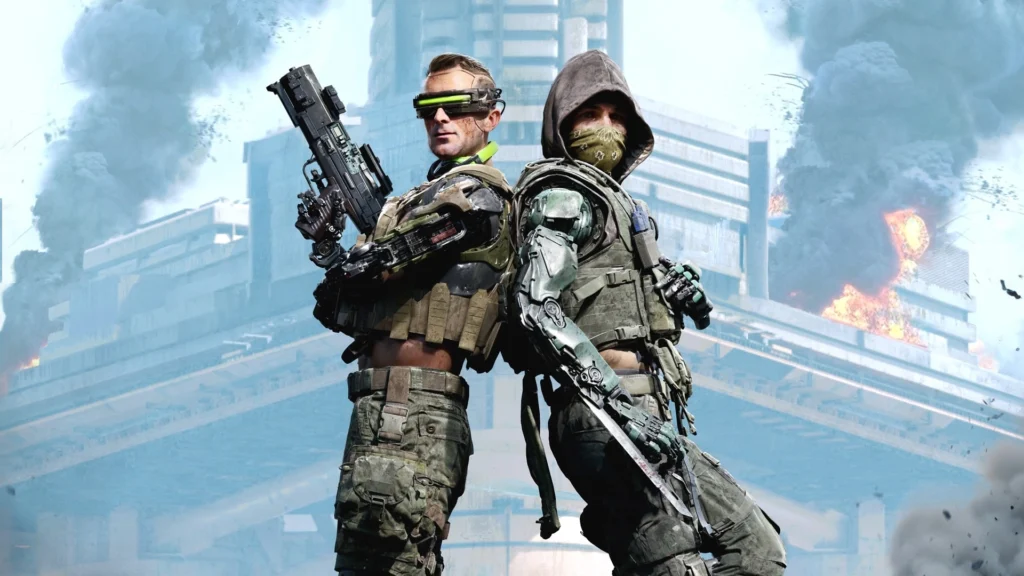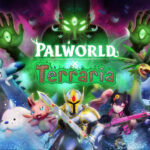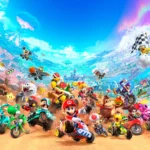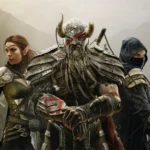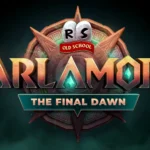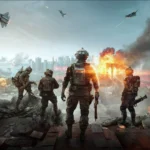Off the Grid Review: Cyberlimbs, Crypto, and Creative Chaos
Cyberpunk chaos meets tactical verticality and NFTs.
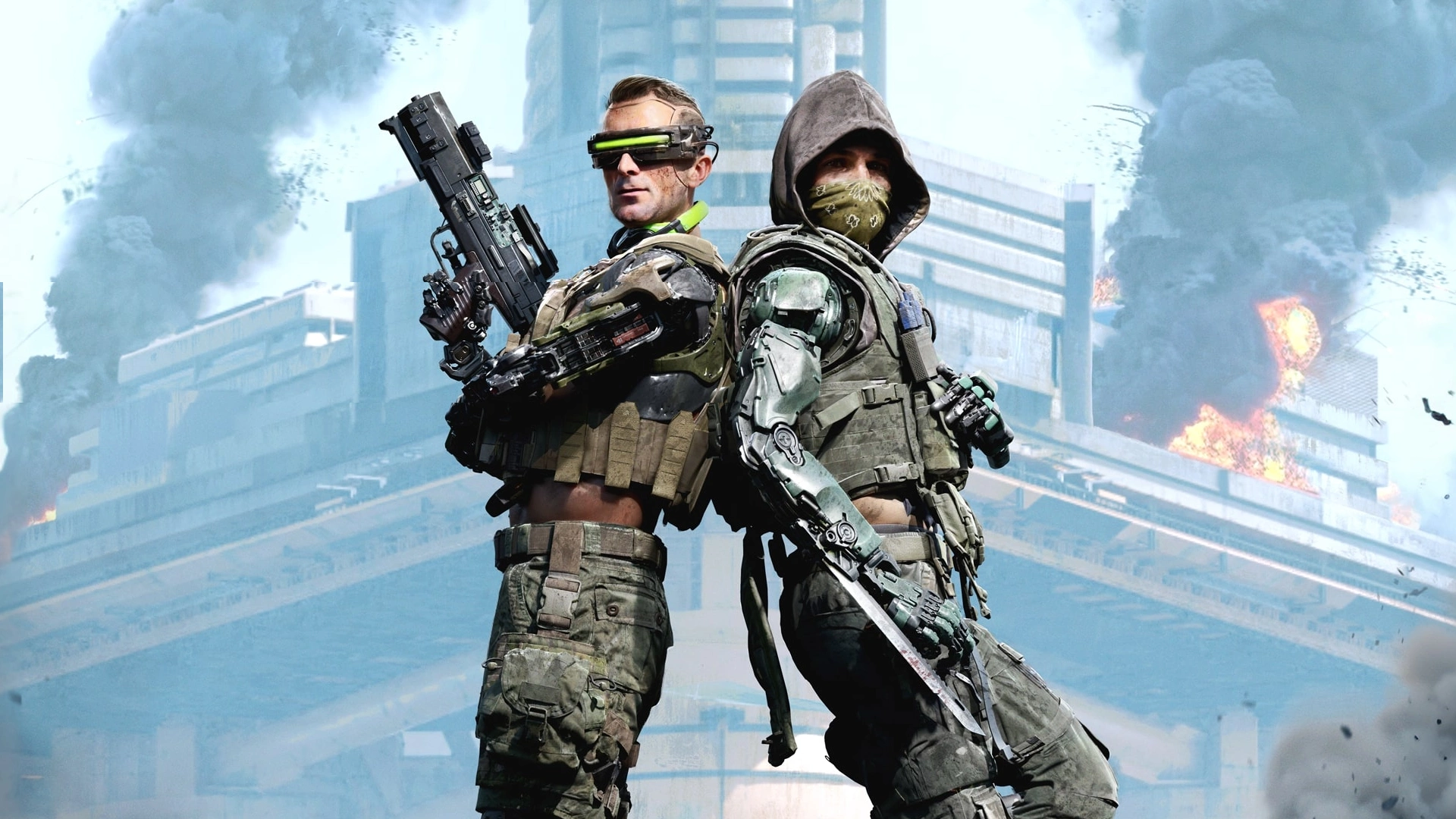
From District 9 director Neill Blomkamp comes Off the Grid, a free-to-play, third-person cyberpunk battle royale that lands somewhere between Ghost in the Shell and Doomscrolling Simulator 2025. Live now on PC, PS5, and Xbox Series X|S with full crossplay, Off the Grid has stirred equal parts excitement and confusion since its July 2025 launch. Early adopters praise its modular limb system and high-concept dystopian worldbuilding, while critics slam its store design like a bad fashion week mishap.
What’s left is a sci-fi shooter straddling the fault lines of innovation and identity crisis—bold, messy, occasionally brilliant. But is it fun?
- Platform: PC, PlayStation 5, Xbox Series X|S
- Publisher: Gunzilla Games
- Developer: Gunzilla Games
- Game Type: Extraction Shooter
- Player Count: Multiplayer
- Business Model: Free-to-Play, Battle Passes, NFTs
- Release Date: October 8, 2024 (Early Access)
Extraction, Cyberlimbs & Tactical Variety
At first glance, Off the Grid looks like your standard battle royale: drop, loot, shoot, survive. But the cyberlimb system immediately sets it apart. Arms and legs aren’t just cosmetic—they’re gear. Grappling arms let you zip across rooftops like a digital Spider-Man. Shield limbs absorb splash damage. Cloaking torsos make you vanish in a puff of synth smoke. You can even scavenge limbs off the dead, Frankenstein-style, mid-match.
What makes this system shine is its mid-match modularity. Found a better limb? Slot it in. Got flanked and lost your jetpack leg? Loot another one. The limb-swapping feeds tactical improvisation, creating a pace that’s less about hard loadouts and more about adaptation on the fly.
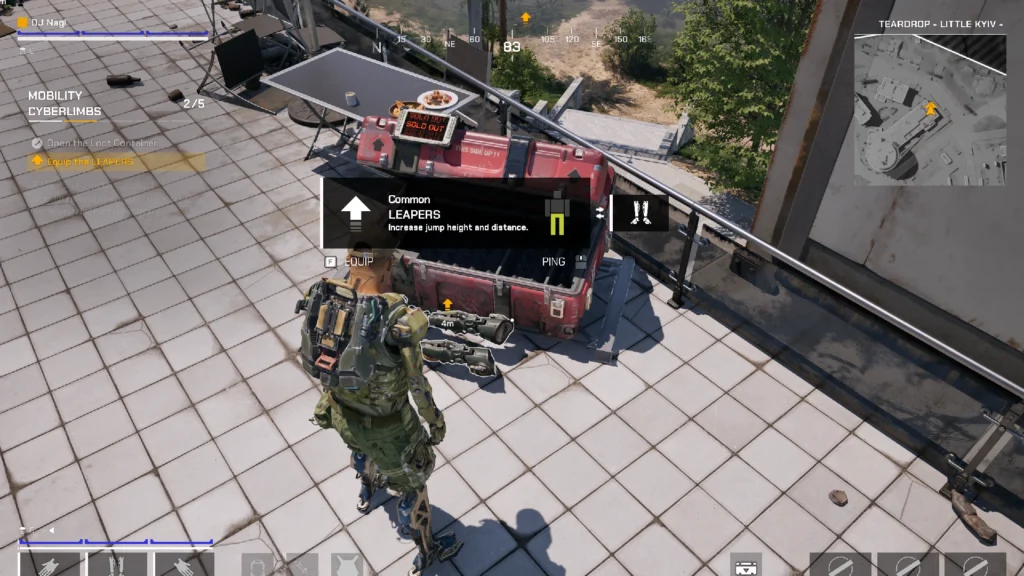
Gunplay is competent but unremarkable. You won’t find Valorant-tier precision or Call of Duty snapback kills here. Some weapons feel punchy, others floaty, and server lag can occasionally dull the experience. That said, the weapons serve the vertical mobility—more often than not, you’ll win by movement, not marksmanship.
The map design plays a big part in that. Futuristic skyscrapers, industrial towers, and neon-slick cityscapes aren’t just set dressing—they’re meant to be climbed, zipped across, and shot from. Extraction zones flip the pacing by creating sudden PvEvP chaos, where you might fend off other players and hostile AI to escape with loot intact.
Squad coordination thrives in this chaos. Timing lifts, choosing extraction routes, and chaining limb powers can turn you into a mechanized ghost team. Solo queue, meanwhile, leans more punishing—RNG can quickly derail an otherwise smart run.

Performance & Monetization: Vision vs. Glass Jars
When it’s running well, Off the Grid is visually arresting. The cyberpunk dystopia aesthetic hits with sharp geometry and moody neon—the kind of world that makes you want to press F12 every five seconds. On PC, however, that beauty can be skin-deep. Memory leaks, random stuttering, and load delays persist, even post-patch. Console players fare better on performance mode but still report occasional FPS dips in high-intensity fights. The real controversy, however, is the in-game store.
Off the Grid doesn’t just sell skins—it practically shouts at you with them. Day-one cosmetics included caricatures, real-world political jabs, and “edgy” sticker designs that felt more Hot Topic circa 2007 than cyberpunk noir. Pricing hasn’t helped either. Some bundles reach AAA price tags for single-character cosmetics, prompting an understandable wave of eye-rolls.
To Gunzilla’s credit, none of the cosmetics affect gameplay. And the optional NFT integrations, while still divisive, are siloed away from competitive mechanics. You’re not fighting pay-to-win—just pay-to-irk.
Still, the vibe is off. In a world rich with atmosphere and tension, it’s jarring to see an enemy operator in clown shoes and a “Ban Me Daddy” chest decal. If the devs can recalibrate the tone to match the world, it could elevate the experience substantially.
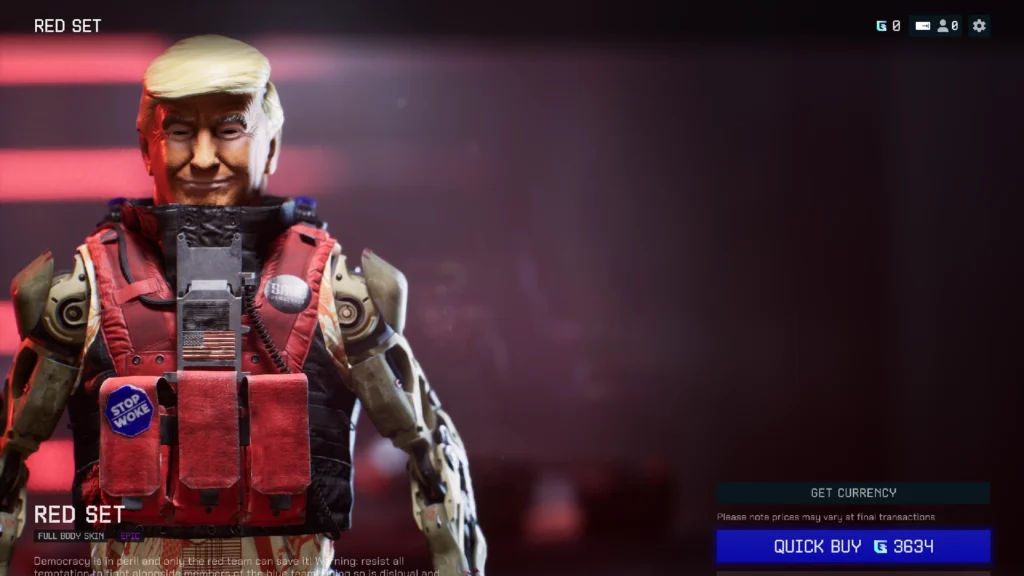
NFTs & Decoding Hexes: High-Risk Unlock, High-Stakes Payoff
One of the most fascinating—and nerve-wracking—systems in Off the Grid is how it handles Hexes, the in-game loot boxes tied to blockchain mechanics. After completing an extraction run, players can bring Hexes to an extraction station and begin the process of decoding them. This isn’t instant gratification: depending on the rarity of the Hex, the decoding timer can stretch from roughly 40 seconds to two full minutes—and during that countdown, you’re both exposed and on display.
Here’s how it works: after depositing a Hex at the station (the bright red towers dotted around the map), the countdown begins—and everyone nearby gets notified. Other players can then rush to the station to steal and decode the Hex themselves. If they manage to complete the decoding process first, the item is theirs and credited to their account. If your squad defends it successfully to 100%, the decoded item—a rare cyberlimb, cosmetic, or weapon mod—lands in your inventory. It can be optional NFT-minted and sold on the GUNZ marketplace later, typically in exchange for GUN tokens.
The design creates immediate stakes. You’re not locked in an animation; you’re standing guard—and if your team abandons the post, expect to be out-decoded. Rush in too early and you risk dying before a single upgrade. Timing, coordination, and zone control suddenly matter on a meta level.
Occasionally, pro players cluster around stations to intercept—turning a decode into a high-risk showdown. It adds a second layer of strategy: do you frag fast and bolt, or hold tight and risk the Hex slipping from your hands?
Because it’s entirely optional, players can opt into this system at any time—but defenders and aggressors alike quickly learn that it adds both tension and reward to every round. Think Counter-Strike 2 lockboxes that reward random cosmetics. Note that you’ll also need to spend GUN tokens to open them though.
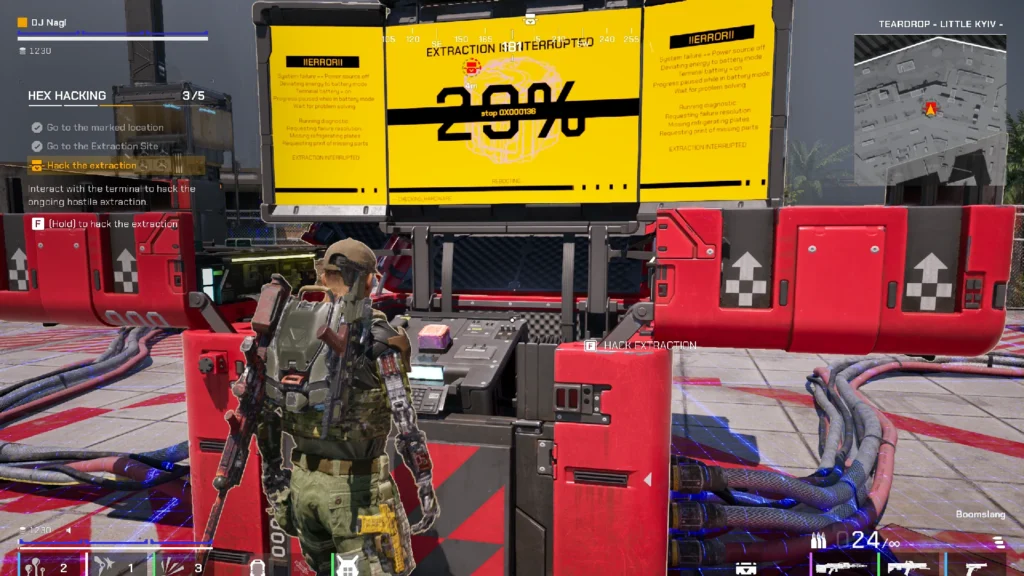
Community Pulse: Praise, Frustration, and Edgy Discomfort
The playerbase is polarized. Some love the fresh systems and verticality—comparing it to Titanfall or Warzone 2.0 with a cyberpunk twist. Others bounce off hard, citing a lack of polish, a confusing UI, and a tutorial that assumes too much.
Forum posts and Discord threads lean one of two ways: “This could be amazing in six months” or “Uninstalled after one match.” It’s that kind of game.
The marketing didn’t help either. The trailers leaned heavily into attitude—snarky, in-your-face branding that clashed with the intrigue of the game’s darker worldbuilding. Players who wanted a deep cyberpunk sandbox got sticker packs with slogans. Those who expected NFT overload found a surprisingly restrained system—but by then, the impression damage was done.
That said, the devs are active. Weekly patches, open dev blogs, and community AMA sessions show that this isn’t a set-it-and-forget-it project. The roadmap includes ranked modes, new districts, and further customization controls—all promising signs.
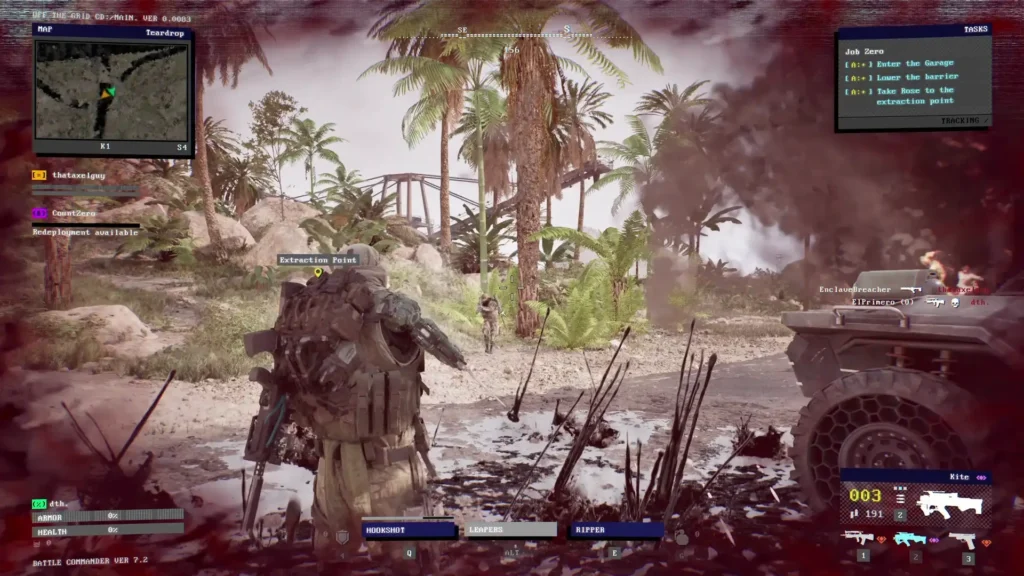
Verdict: Potential Ahead, but Brace for Rough Edges
Off the Grid isn’t ready to take the crown from Apex Legends or Escape from Tarkov, but it’s not trying to. It’s forging its own niche—a BR-extraction hybrid built on modular chaos, squad synergy, and a vision that dares to be different.
The limb system is genuinely creative, and the map verticality gives firefights a dynamic flavor that rewards spatial thinking. For players willing to navigate its quirks, the payoff is real—pulling off a perfect extract while cloaked, zipping to a rooftop under fire, and outsmarting opponents with nothing but limbs and grit.
Still, this is an early build in many ways. Technical issues linger. Cosmetics need toning. And the onboarding could use a better guide than “good luck, meatbag.” But the dev team seems committed to iteration, and the foundation is stronger than many F2P games at launch.
Right now, Off the Grid is best for players who crave experimental systems and don’t mind the occasional hiccup. It’s not sleek yet—but it is bold. If the devs can align their vision with their execution, there’s a killer experience under the grime.
And for now? It’s chaotic, stylish, and strangely fun—exactly the kind of game that thrives on second chances.
